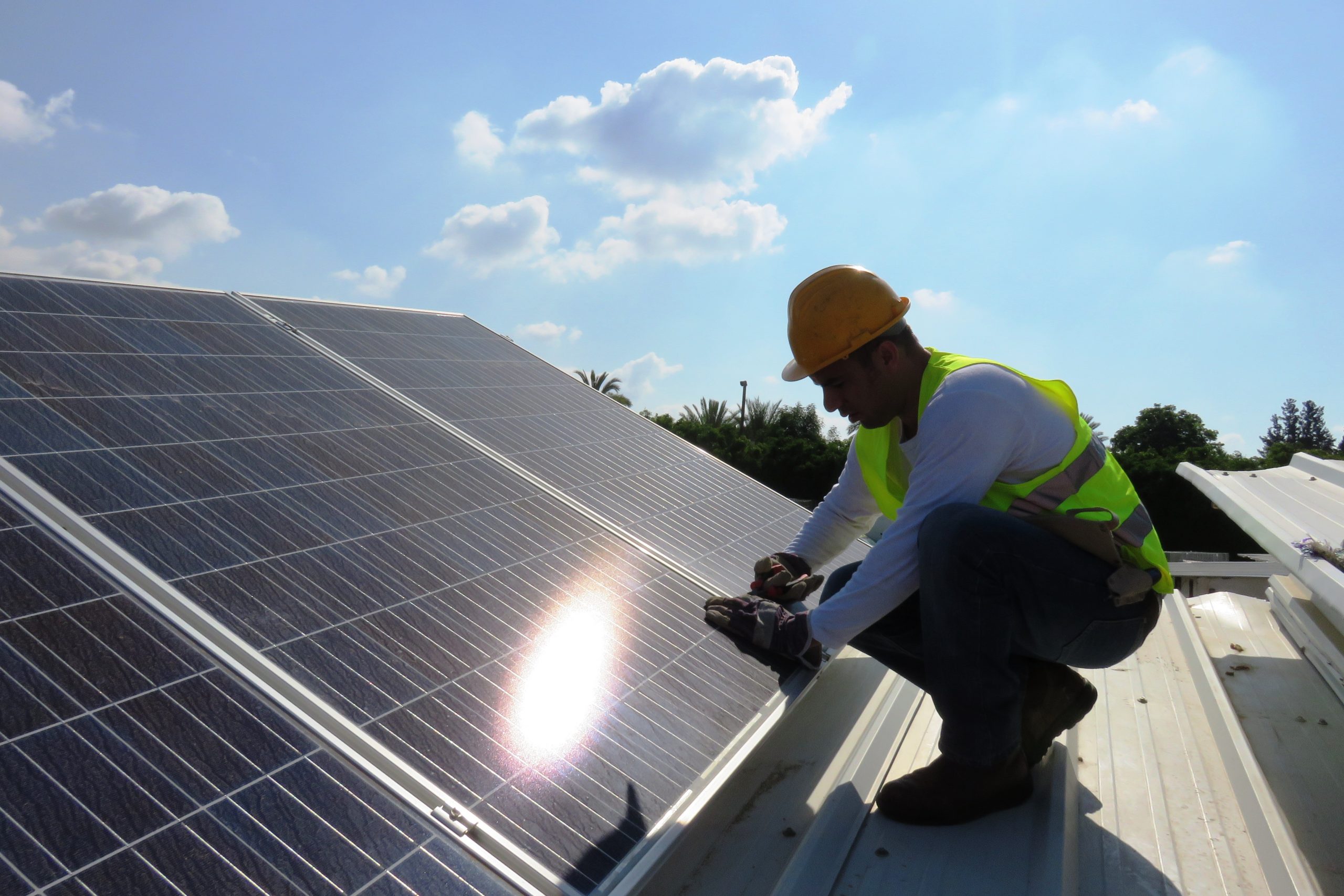Continental Europe is back on course to re-build its manufacturing capacity in solar panels and inverters beyond 30GW as early as 2025, industry experts based in Brussels now calculate.
The revival in homegrown production of PV cells & modules is seen by the EU Commission as a key technology enabling its Green Deal Industrial Plan, revealed in February as the trading bloc’s answer to President Biden’s green-focused Inflation Reduction Act.
While the continent produces globally successful wind turbine manufacturers such as Vestas and Siemens Gamesa, Europe’s solar constructors have recovered only slowly from a decade of inroads by Chinese manufacturers.
Growing concerns over that country’s exploitation of slave workers among its oppressed Uighur minority have added recent urgency to a revival in strengthening European solar manufacturing.
In 2012, the Commission won a legal victory over Chinese solar suppliers when Europe’s highest commercial court bowed to German pressure and imposed a price floor on imports, at the time worth £18 billion a year.
Anti-dumping tariffs, renewed in 2015 and 2017, were gradually lowered over subsequent years to zero.
Today’s news comes from an alliance of solar-supporting manufacturers which the EU Commission assembled last December.
The European Solar PV Industry Alliance (ESIA) collected output statistics from over 20 new PV industry projects. They reveal Europe is expected to beat the EU’s Green Deal Industrial ambitions of 30 GW in PV manufacturing capacity goal by 2025.
The body is in the middle of launching industry-level actions seeking success for the sector. Over 120 organisations from 17 countries have been recruited to progress the streamlining of European solar output, tackling areas such as quality criteria and market access, supply chain challenges, skills development and finance.
Kerstin Jorna, the EU’s Director-General for the internal market & and SMEs, commented: “The Commission strongly supports Europe’s mission to boost solar PV manufacturing.
“As set out in the Net-Zero Industry Act, our goal is to overcome regulatory obstacles that hinder the expansion of net-zero technologies, with solar PV being a vital component, ultimately enhancing the EU’s energy resilience and competitiveness.
Harmonising permits for PV gigafactories and smaller PV manufacturing facilities are key. That what the Net-Zero Industry Act sets out to promote. We must capitalise on this new policy framework.
For the solar manufacturers, Javier Sanz, head of the ESIA, added: “We are thrilled to witness the strides made by the EU Solar PV industry alliance, as we unveil our action plans.
“The alliance’s members have shown immense dedication and a spirit of collaboration, all of which are propelling a renaissance within the solar PV industry in Europe.”
Trade curbs following Brexit mean British-owned PV firms face obstacles in moving goods, workers and capital between EU states.
Oxford Perovskite, pioneers of the world’s most powerful solar cell, already manufacture exclusively near Berlin. Last month the company’s co-founder CTO Dr Chris Case criticised Britain’s unfavourable investment environment for solar PV and low-carbon technologies.




